Moving up or down the property ladder
At some point, the place that we thought would be our forever home for one reason or another just isn’t working. That’s the time to consider moving up in size or potentially downsizing depending on where you are in life.
If you’re feeling squeezed or have a little one on the way, your current digs may not be enough. If you want to upsize during your mortgage cycle, keep in mind you’ll be breaking your mortgage and will have to go through the entire qualification process again.
That means you will need to re-qualify at the current rates offered by lenders and be subject to government changes and recent “stress test” rules. You’ll also be breaking your mortgage which will come with a variety of penalties depending on the terms in your mortgage and the lender. You may be able to port the mortgage, essentially taking the existing mortgage and its terms and transferring it to another property, but not all mortgages are portable. You’ll need to talk to a mortgage broker to find out if this is an option for you.
Moving on UP
If you’re trying to move from a condo or apartment to a single-family home, it’s all about the pros and cons. First, you have to decide if you can afford to make the move and buy something bigger. A larger purchase price comes with larger closing costs. Depending on the province in which you reside, you’re Property Transfer Tax will be larger and you’ll be paying realtor fees on the sale of the home you’re leaving. Canadians typically pay between 2.5 and five per cent their home’s selling price in realtor fees.
Don’t forget the costs of owning a single family home. Unlike a strata, you are responsible for all the maintenance of your home. One rule of thumb is to consider saving one per cent of the purchase price of your home each year for maintenance.
If your home cost $500,000, that would mean $5,000 a year in savings. The good news is you won’t have to pay a monthly strata fee and you won’t be kept up at night worrying about a special assessment for major repairs on the building.
Scaling it DOWN
There comes a time when owning a home becomes a little too much to handle. The cleaning, the yardwork and the maintenance can be a pain. And why keep extra bedrooms when they’re just collecting dust? It may be time to downsize. If you’re mortgage free, depending on where you live, you could actually be sitting on a gold mine. While you may be in for a windfall, there are costs to selling your existing home for something smaller and cheaper.
- Realtor commission (between 2.5 and five per cent depending on where you live in the country and what you are able to negotiate). In Toronto for example, the standard realtor rate is 5%. So for a $1,000,000 home, you would need to pay the realtor $50,000.
- Closing costs and legal fees - approximately 1.5 per cent of the purchase price
- Miscellaneous costs - $1,000-plus (moving expenses, upgrading appliances and buying new furniture)
You also need to consider strata or condo fees and the potential for special assessments on the building and all the standard costs that come with buying a place, even if there’s no mortgage.
Another more recent option to the real estate landscape is reverse mortgage. A reverse mortgage is a loan secured against the value of your home. It is exclusively for homeowners aged 55 years and older. It enables the homeowners to convert up to 55% of the home's value into tax-free cash. With a reverse mortgage, you maintain ownership of your home. You only have to repay the loan once you chose to move or sell.
This article was written for the DLC Newsletter in April of 2019, if you need any mortgage advice, any of our Canadian Mortgage Experts would love to talk with you, contact us anytime!




